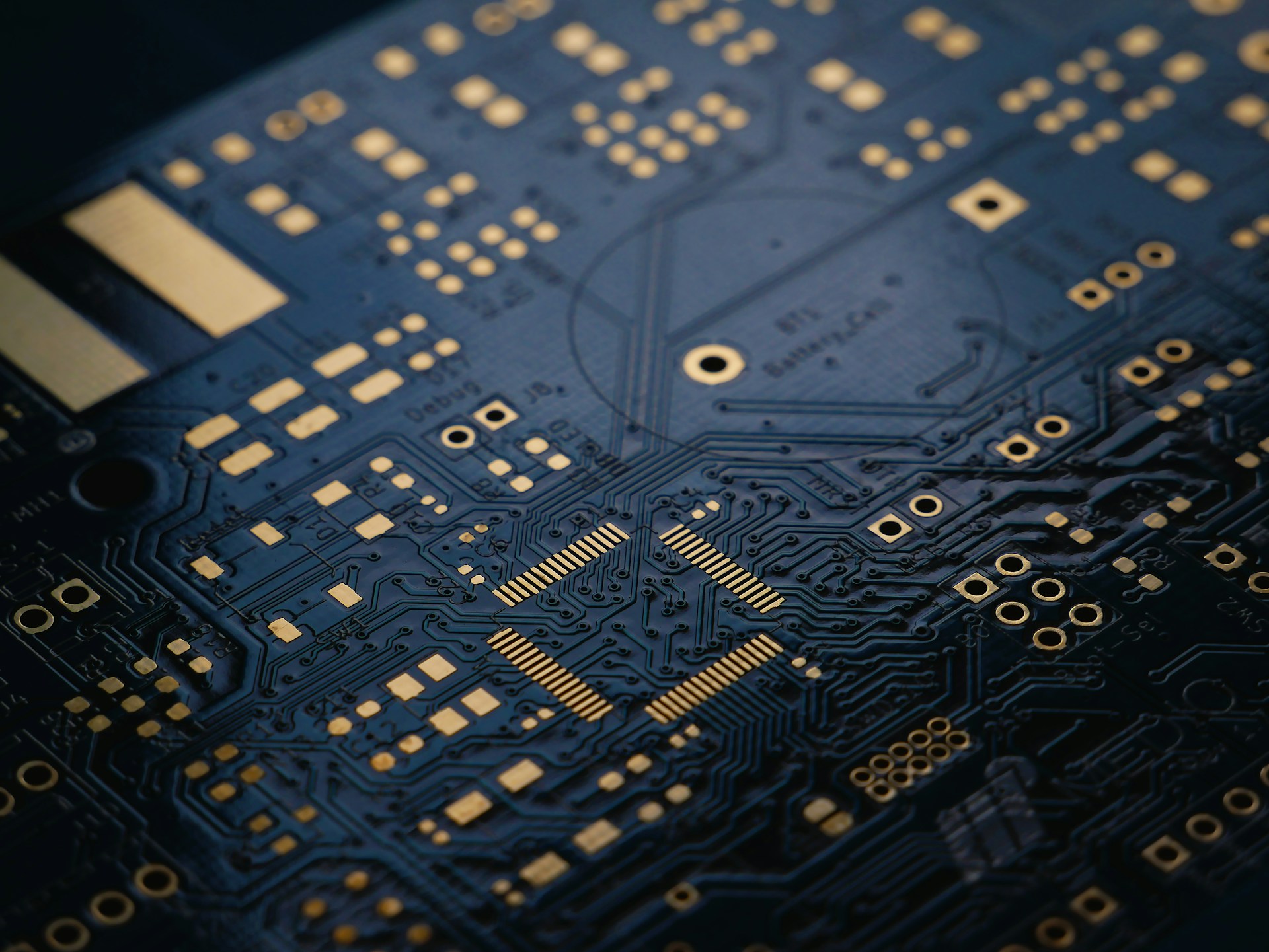
Research
Predict the future by creating it
Materials & Architechtonics
Integration & Implementation
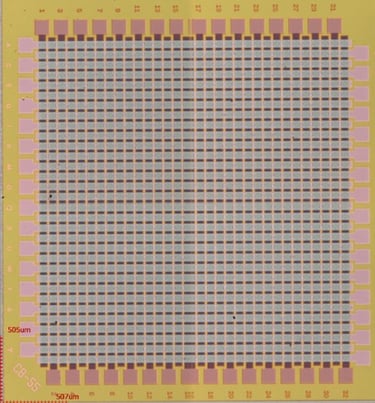

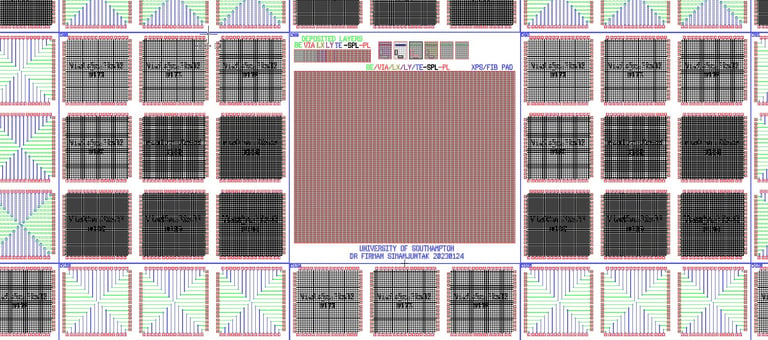

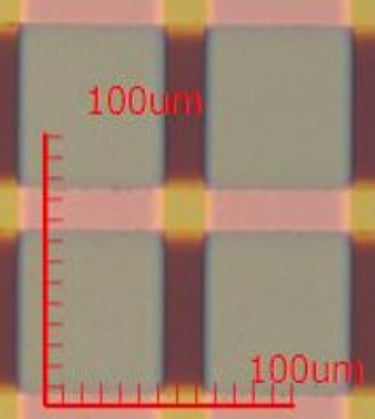

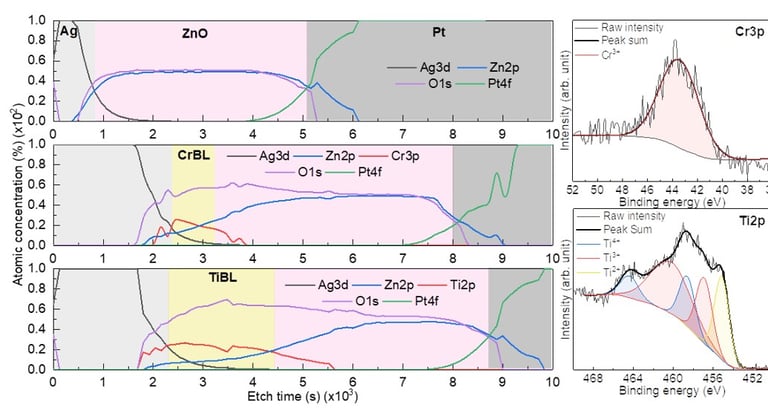

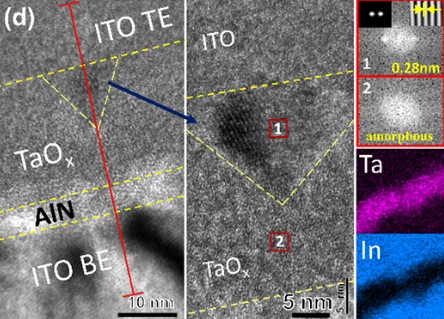

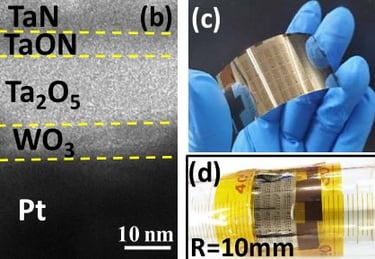

We are exploiting the emerging memristive system for ultra-high dense data storage, compute logics, AI-hardware, sensor, and security applications, where these multifunctional capabilities can exist in a single architectonic, enabling reconfigurable and adaptive electronic systems. Memnics Lab is interested in integrating memristive devices with various electronics and photonics to open new ways of controlling the electrical/material properties of integrated devices and circuits.
1. Cell design & nanostructure engineering
The choice of materials and stacking strategies determines the behavior and performance of memristive devices. We believe that device fabrication should be sustainable, and the effort to reduce Silicon and Carbon footprints is the main priority; therefore, our focus is to develop and adopt new reliable, low-cost, and environmentally friendly process flows.
2. Electrochemical & physical/chemical stimulation phenomenon
The electrical characteristics of memristive systems are governed by physical-chemical dynamics of the movement of atoms/ions facilitated by redox reaction processes. Thus, it further opens new opportunities to control electrical behaviours via physical (light, pressure, temperature, and magnetic field) and chemical (gas and liquid) stimuli.
1. Massive wafer-scale device integration
Crossbar array architecture renders ultra-high-dense memristive chips enabled by diode-memristive (1D1M) integration. We are developing high-yield array-to-array CMOS-compatible designs for wafer-scale technologies.
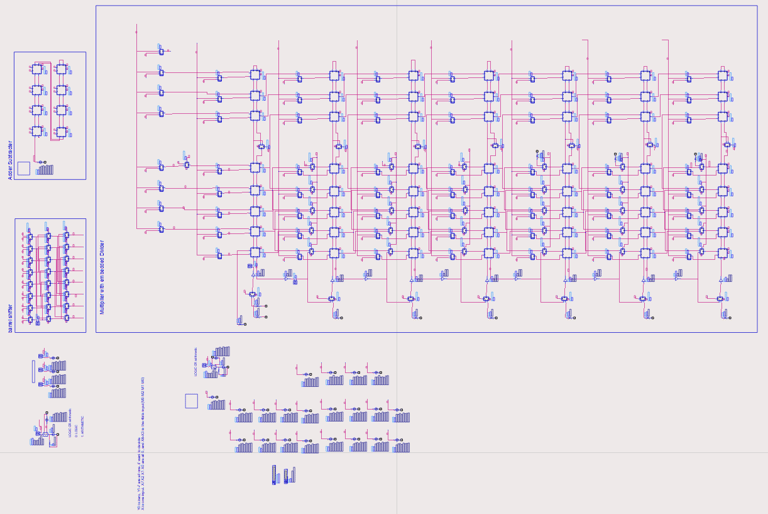

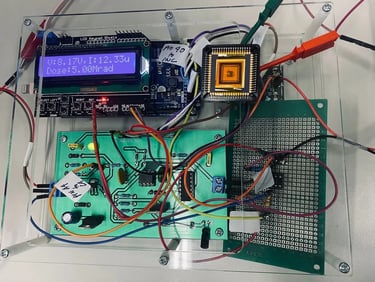

doi: 10.1109/LED.2024.3454294 .Featured in IEEE Spectrum
doi:10.1021/acsaelm.0c00441
doi: 10.1063/5.0076903
doi: 10.1109/TED.2024.3422949
doi:10.1109/LED.2021.3127489
2. Circuit design and primitive system
The I/O of memristive devices and chips should be compatible with today's peripheral electronics to ensure that our technologies are implementable, thus accelerating their adoption for end-user products. We study the feasibility of memristive technologies for making reconfigurable circuits and arithmetic logic units; note that these efforts are not to replace transistor technologies but to complement the existing tech to reduce Carbon and Silicon footprints as well as enable robust system designs for space and nuclear applications.
